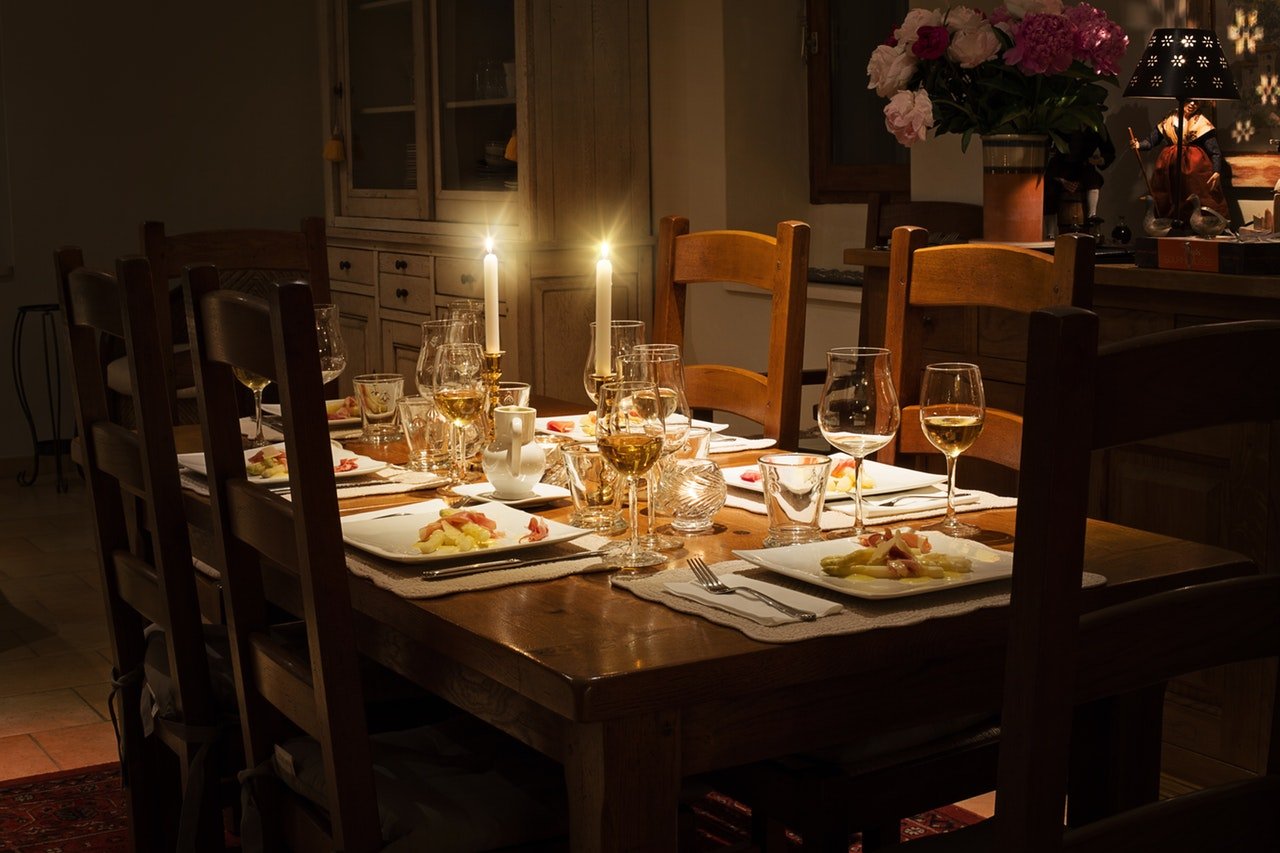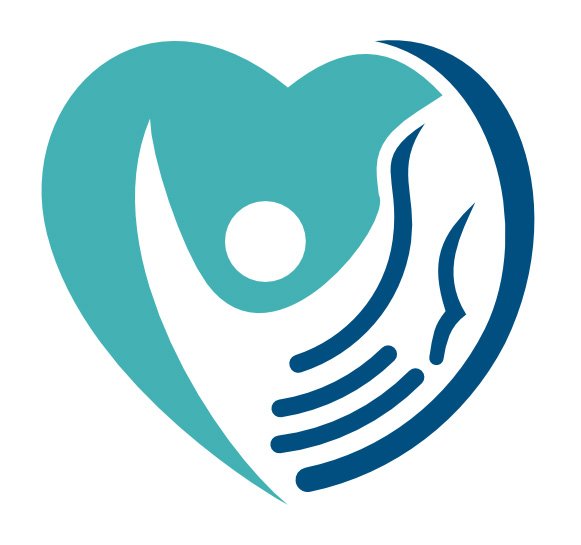God is With Us

By Terance Clark April 12, 2025 8 Minute Read
Week 24
This Weeks Passage: Leviticus 6:1 – 8:36
This week the passages look more closely at each sacrifice to understand what each accomplished. Remember the purpose was God provided a means for people to bring a gift in order to draw near to Him. This weeks lesson will give you more of an understanding of the sacrifices from a Jewish perspective and since they are the ones that originally did them it should be encouraging because I really believe God wants to fill His people with the truth. So, let’s jump in.
Understand the Sacrifices
The burnt offering or a better translation would be the “sacrifice that rises”. This offering provided nothing to the worshiper. It didn’t pay for sins and he didn’t get to eat any of the meat. It was a complete and total surrendering to God as the smoke from the offering would rise as a sweet savor before the Lord. This is what Paul was talking about in Romans 12:1 to offer a Burnt Offering which meant to present your bodies as a sacrifice unto the Lord holy and acceptable to Him. You were giving yourself to God as a gift and that was the purpose. It was a complete selfless act to show your love and adoration for the Lord.
The next offering was the grain offering. Most of us have been taught that God requires blood to accept an offering but the grain offering could be offered in some circumstances in place of an animal for those who couldn’t afford it. Bread symbolized life and they were not just for the poor they were often combined with other sacrifices like the burnt and peace offering which formed an entire meal (bread, meat, wine). These offerings were very important during the Holy days and it once again brought people near to God and He accepted the grain offering as if one had brought their very own soul to Him.
“A burnt offering meant to present your
bodies as a living sacrifice unto the Lord”
The Peace Offering was a voluntary gift and included several types of offerings that were thanksgiving or freewill and even Passover offerings. These offerings were not brought as a penalty or to earn forgiveness they were eaten by everyone including the priests and the worshiper therefore it was considered a shared meal between God, the priesthood and the worshiper. The priest ate the best part with their family and the worshiper ate it with friends and family. It had to be eaten by the end of the second day and the rest was burned. There were numerous types of offerings considered peace offerings but the purpose was to show love and thanksgiving to God. These were very community type offerings and sometimes needed to be shared with the poor or someone you didn’t know.
The Sin (Purification) Offering
The sin offering was different in that it wasn’t voluntary it was required under certain circumstances when a person committed an unintentional sin. It’s important to understand that if someone sinned intentionally there was no sacrifice for it. If someone sinned on purpose the only recourse was to repent. Think about it like this, if God had made a sacrifice for willfully sinning then people would just sin and pay the penalty. The wealthier a person was the more he could afford to sin. It’s similar to what we see today when people choose to sin and just come to church the next day and repent. There was no sacrifice for intentional sin.
“There was no sacrifice for intentional sin“
There is another reason why a sacrifice didn’t work for intentional sins committed. The sin offering did not atone for sins, this should be a huge surprise to us. Let me explain, the Hebrew word chattat is translated sin offering because the root word means to sin (chata). But the etymology is incorrect and it does not mean sin, a better translation is purification offering. Purification is something we Christians really have not taken the time to understand. There were a lot of situations when a person would become impure, but being impure was not sin. Like touching a corpse or certain sickness conditions like leprosy or a woman’s menstruation each month all made one impure. I’m sorry I don’t have time to explain why it made one impure, but the offering did not cleanse the person, it was used to cleanse the Sanctuary. All this time you thought a sin offering was to cleanse people, but if inadvertent sins and impurities were not cleansed they would defile the land which they lived and if left untreated it would force God to withdraw His presence. The offerings cleansed the Sanctuary and land so that God could remain in His house.
Cleansing the Land
Maybe this is an explanation of what we are experiencing in our own land today. The more we sin both inadvertently and intentionally is causing God to remove Himself and the more He removes Himself the more bad things happen. I’m just thinking out loud here. The important thing to understand is the sin offering removed ceremonial uncleanness not a penalty or payment for sins. There was one last offering, the guilt offering which was really tied to the sin offering. Let’s say you found someone’s wallet and you kept the money and then someone discovered you had it. You would be required to payback the money plus some depending on the situation most likely twenty percent. You are now straight with them, but not with God. Most people in those times believed you were a bad person and would experience bad things from God as a result, so that the guilt offering allowed you to draw near to God once again.
As we close out this weeks lesson I hope it has prompted you to ask some very important questions. Now that you know what the korbans (offerings) really did. You should also see that we are literally on a completely different track with how we look at sacrifices, offerings and what Jesus accomplished. It’s no wonder no one teaches Leviticus because if we did we would have to completely change what we believe about a bunch of things. The good news is that Jesus’ sacrifice does pay for our sins and opens the door for us to draw near to God for ever, we just need to see it differently. In fact, we need to see all of it differently, more to come. We are on a journey and today we understand that sacrifices did not pay for sins they were used to draw us closer to God and to cleanse the land so that God could remain with us. Let us draw near with a true heart in full assurance without wavering for God is with us.



